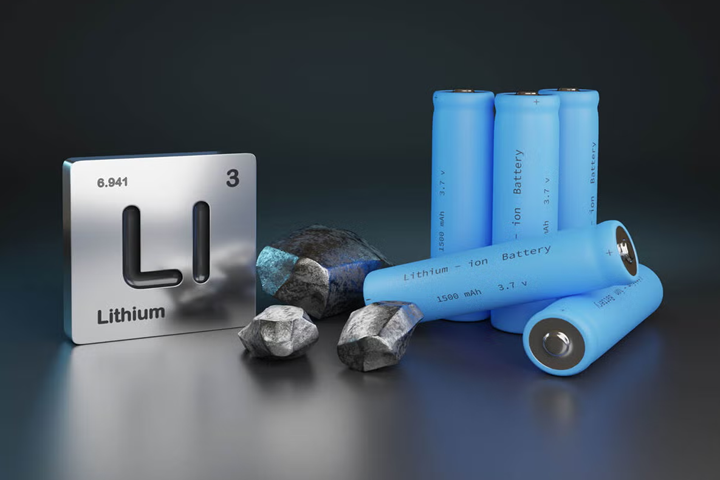Lead-Acid Costs 57% More Than Lithium In Hidden Expenses

When comparing energy storage solutions for forklifts or renewable applications,many decision-makers focus on the initial purchase price. At first glance,lead-acid batteries seem to cost less than lithium batteries. But this short-term view hides the real expense. Over the full lifecycle,lead-acid batteries end up costing up to 57% more than lithium battery systems due to hidden operational and maintenance costs that many overlook.
The True Cost of Lead-Acid Battery Ownership
Unlike lithium-ion cells,lead-acid batteries suffer from low charge-discharge efficiency,limited cycle life,and heavy maintenance demands. These limitations significantly increase operating costs in the long run. For example,lead-acid batteries typically offer only 500–1,000 charge cycles,while a high-quality Li-ion battery can exceed 3,000 cycles with minimal capacity loss. This means businesses must replace lead-acid packs more often,compounding expenses over time.
Additionally,lead-acid units require regular watering,equalization charging,and ventilation-adding labor and infrastructure costs. These overlooked tasks lead to downtime,safety risks,and increased total cost of ownership (TCO). In contrast,lithium batteries operate cleanly with no scheduled maintenance,and their high energy density allows for lighter weight and more compact systems.
Hidden Expenses You Can't Ignore
Below are the main hidden costs that contribute to the real financial burden of lead-acid technology compared to modern lithium battery systems:
- Labor Costs: Routine watering,cleaning corrosion,and maintenance add labor hours that lithium systems eliminate entirely.
- Charging Downtime: Lead-acid requires 6–8 hours for charging plus cooling time,while lithium offers opportunity charging without memory effect.
- Ventilation Requirements: Hydrogen gas emissions during charging require ventilated rooms and additional safety compliance costs.
- Battery Swapping: To support multi-shift operations,lead-acid systems often need multiple battery packs and changeover equipment-doubling investment.
Lithium Batteries: Efficient,Durable,and Cost-Saving
Lithium forklift batteries are not only more energy-efficient but also designed for multi-shift and high-demand environments. Technologies like lithium iron phosphate (LFP) and nickel manganese cobalt (NMC) chemistry provide higher safety and longer lifespan. Lithium batteries maintain consistent voltage output even under heavy loads,improving equipment performance and operational stability.
Moreover,lithium's low internal resistance and fast charging capabilities make them ideal for renewable energy storage solutions and modern logistics. As industries shift toward sustainability,the environmental impact of battery technology also plays a role. Lithium-ion systems produce no harmful emissions,have longer usable life,and are increasingly recyclable through advanced processes.
ROI That Justifies the Investment
Though lithium batteries carry a higher initial cost,the long-term savings are undeniable. Businesses save on energy usage,maintenance labor,infrastructure,and replacement frequency. Studies show that after three years of use,a lithium battery for forklift operations breaks even and begins to deliver a measurable return on investment. By year five,lithium can be up to 57% more cost-effective than lead-acid when all hidden costs are considered.
Switching to lithium technology isn't just about energy-it's about economics. From warehouse operations to solar backup systems,the advantages of lithium-ion are rapidly making lead-acid batteries a thing of the past.
- Art
- Causes
- Crafts
- Dance
- Drinks
- Film
- Fitness
- Food
- الألعاب
- Gardening
- Health
- الرئيسية
- Literature
- Music
- Networking
- أخرى
- Party
- Religion
- Shopping
- Sports
- Theater
- Wellness




